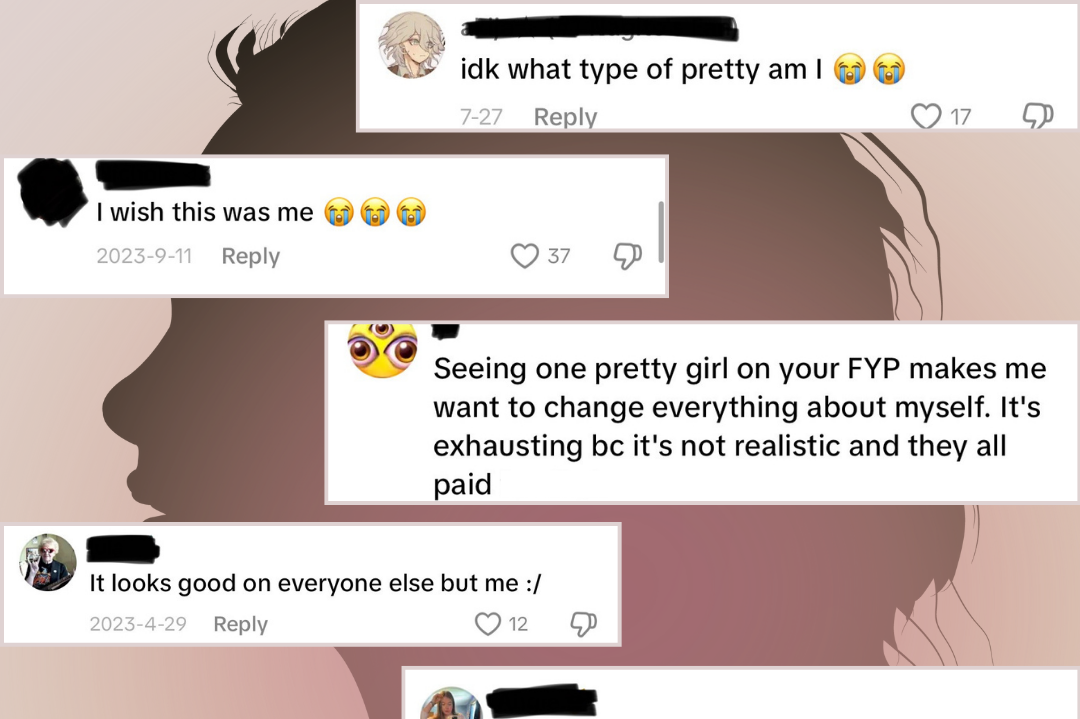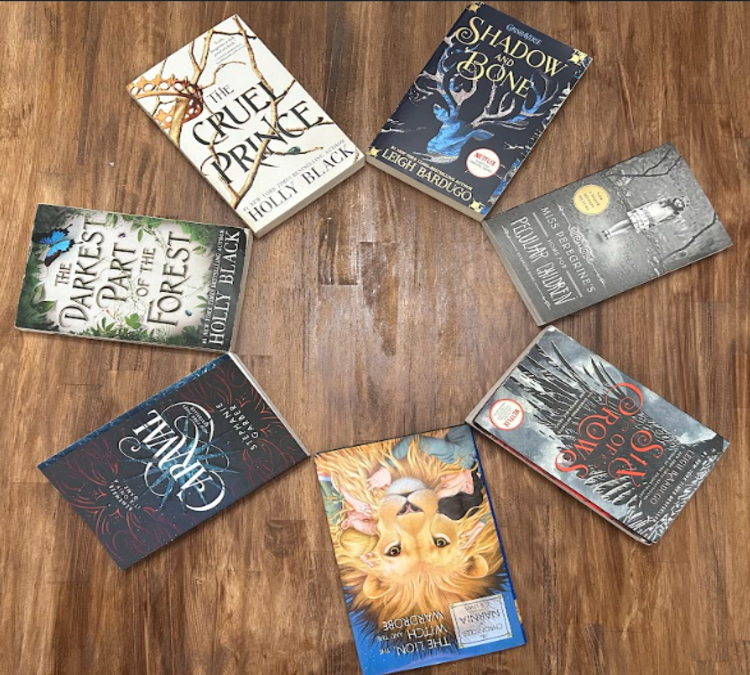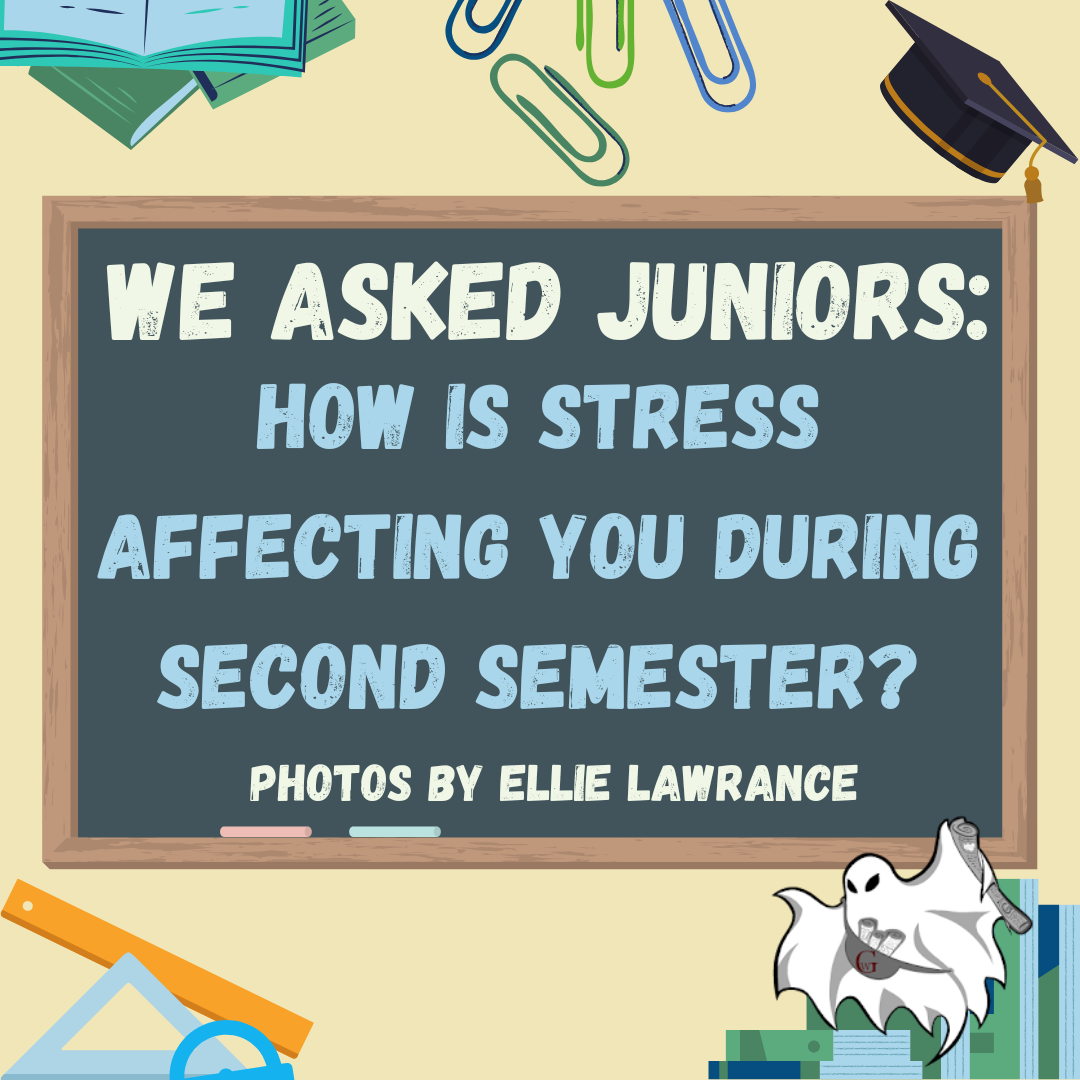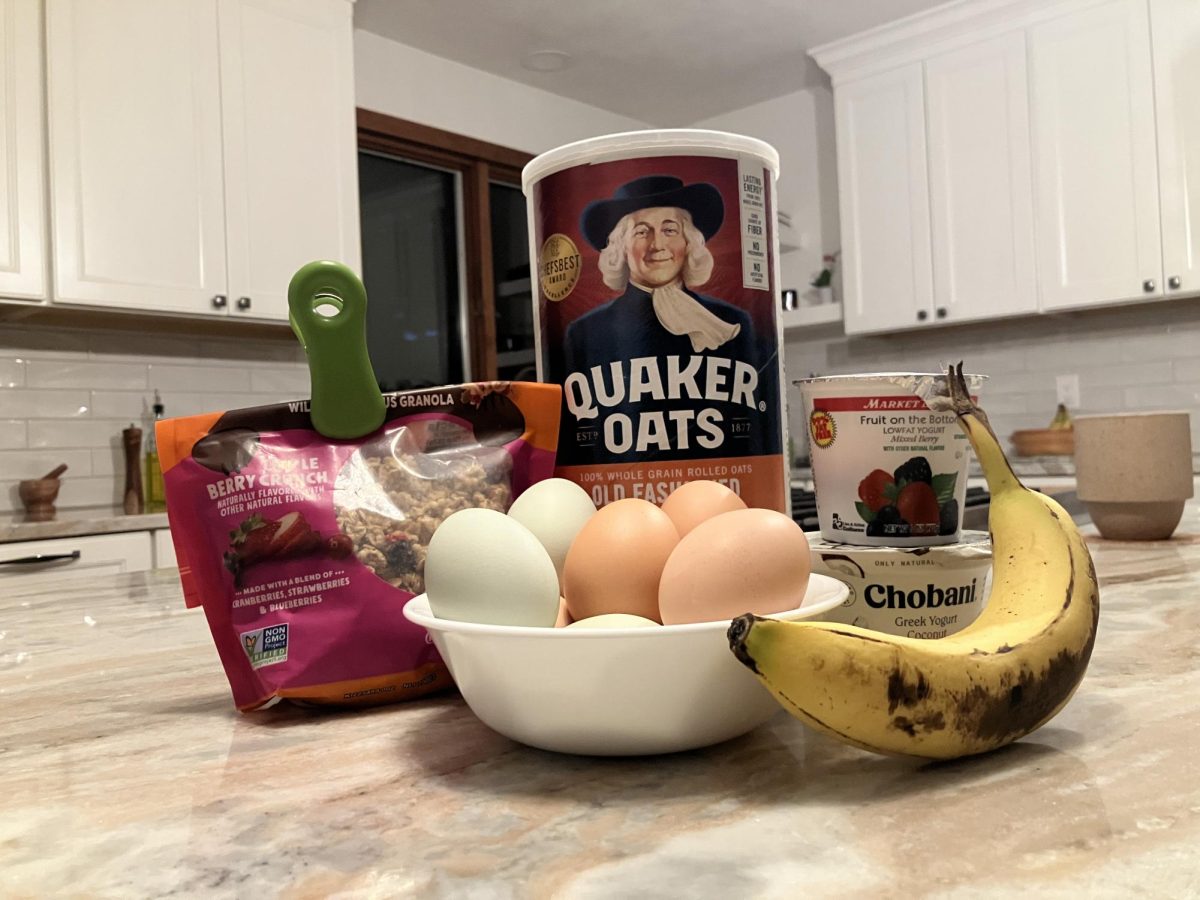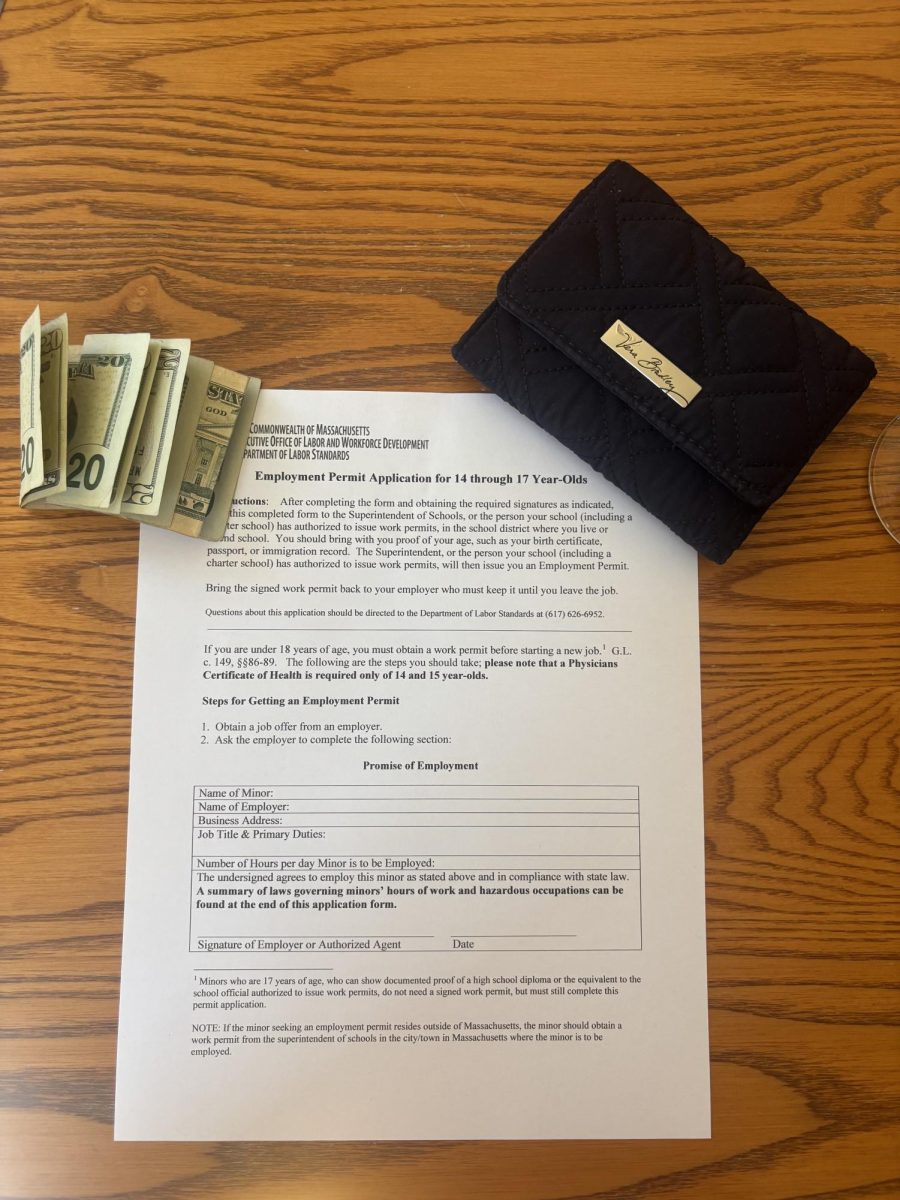As I scroll through TikTok, my feed hops from influencer to influencer. One is showing off their collection of Stanley water bottles, and the other is raving about the latest trendy make-up products. Countless videos advertise everything from new diets to flashy clothes. What’s more, with each swipe, dozens of new words I have never encountered slowly become ingrained into my vocabulary: facial harmony, legging legs, septum arms, hip dips, deer-pretty, bunny-pretty, morning-shed-routine, and the list goes on.
While there is nothing inherently wrong with these videos, they clearly do bring about an unintended consequence: making us feel bad about our own lives. By the time I finish scrolling, I’m left with more questions than answers. Am I missing out? Is there something they have that I should have? Or some feature I have, that I shouldn’t?
The short answer is no, but even just a glimpse into social media can quickly make anyone feel differently. Trends that label physical features in unappealing ways pop up almost every week, and videos have become prefaced with declarations that a product will change your life. While social media has always been known for exacerbating comparison and insecurity, especially when it comes to body image, this time it feels more manufactured than ever. Insecurities are not only being magnified: they are being senselessly created.
It’s easy to look down on the I-Pad kids of generation alpha, who are known for frequently using “brain-rot” terms with no real substance. But, with a little reflection, there are ways that even older generations have been sucked into this new world. After all, what do some of these new words really mean?
Legging legs are legs that are “meant” to wear leggings, often complete with a measurable thigh gap. Septum arms refers to people who, except for their arms, are otherwise conventionally attractive. Deer-pretty and frog-pretty are two of countless animal archetypes used to characterize people based on the way their eyes, nose, and mouth, and teeth are spaced out. Put simply, this is not normal.
To follow up these videos, creators often include make-up products that can adapt one’s features to look more or less like certain animal archetypes. Among the items often advertised in these types of videos include products like gua-shas, or more recently, lengthy morning shed routines that require a robust array of products all applied at once, including overnight face masks, under eye masks, bonnets and heatless curlers, wrinkle patches, and even mouth tape.
Personally, I had never heard of half of these products or terms before downloading Tiktok. Now, even knowing that they are mostly baseless, it’s still hard not to be influenced when so much of our time is spent within this social media bubble. Similarly, for so many students, the impacts of consuming such content carries itself onto their mental health.
“I think these trends make a lot of people really insecure. Even if I don’t necessarily believe in these terms, still having these thoughts in the back of my mind is not a good feeling,” senior Isha Labhsetwar said. “I wear leggings all the time and I don’t want people to look at me and the first thing they think of is whether I have the right legs or body type.'”
For every imperfection circulating the web, there is almost always a “quick fix,” revealing an even darker side of this phenomenon. These unattainable standards of perfection only seem to be achieved via consumerism. What many people, including the large population of children on social media under 13, may not realize as they scroll through their feed is that many of the products advertised by influencers are simply that: advertisements.
Many of these creators are affiliated with different companies or sites, such as Amazon. This means that if someone uses a commissioned link, then the creator also earns a percentage of the price back. There have also been various instances of influencers, such as Mikayla Nogeura, who have gone as far as lying, or deliberately deceiving viewers, about products as a means for profit. Even in cases where influencers are not directly sponsored, it’s important to consider that creating videos that trigger vulnerability and insecurity in viewers often unfortunately garner large amounts of views, earning them money through creator-funds.
The deceptive nature of these ads preys on our insecurities, making us believe that if we buy into these products, not only would all our problems be solved, but our value as humans will increase. In reality, these videos are often not even true reflections of the lives influencers claim to live, often exaggerating their ability to buy and use expensive gadgets on an everyday basis. The false impression that we need these products has created a toxic culture that puts consumerism and unhealthy beauty standards above all.
Now, we all need the newest water bottle every couple of months – ignoring the fact that these water bottles are meant to be reusable and in fact, more sustainable. We all need the trendy shoes “everyone” is wearing this fall. We all need to buy fancy makeup products that conceal our unique features. Apparently, too much facial hair is bad, having hip-dips is bad, and not waking up with flawless skin every day is bad.
The worst part is that these things we absolutely need seem to change every other week. While we chase the feeling of finally being enough, the industries and influencers are always one step ahead, cycling insecurity after insecurity.

When I walk into class everyday, it isn’t difficult to spot little symptoms of the problem. Everyone seems to have the newest Lululemon releases, a rainbow’s worth of Stanley’s, and more recently Owala bottles, White Fox hoodies, and Summer Friday’s lip balm. As a town with a higher median income than most cities around us, the average disposable income is higher, and microtrends like this tend to spread – and phase out – even faster. The pressure to buy the newest product or risk feeling left out, or even seen “poor”, is even more exacerbated at the middle and elementary school levels, where children are more impressionable as a result of fundamental development shifts.
Ultimately, it’s okay to enjoy watching social media, influencers sharing new products, or even buy into some of these new trends – I’ll be the first to admit that even I do. However, it is still our job to be responsible consumers. The next time you see a video that urges you to buy a new product, think twice before clicking their link. Is it a genuine endorsement or are they just getting paid? Do you really need it, or are people just telling you that you do? When a new trend pops up, claiming you are not enough because of some physical attribute, take a second and reflect before scrolling on.
Despite what the internet tells you, feeling better about ourselves doesn’t always have to come from a place of getting new things or fulfilling new expectations. It can come from being grateful about what we do have or finding moments for yourself amidst the chaos of everyday life. So, whether it be taking a break from social media or simply talking walks outside, chase the things that you already have right in front of you.

